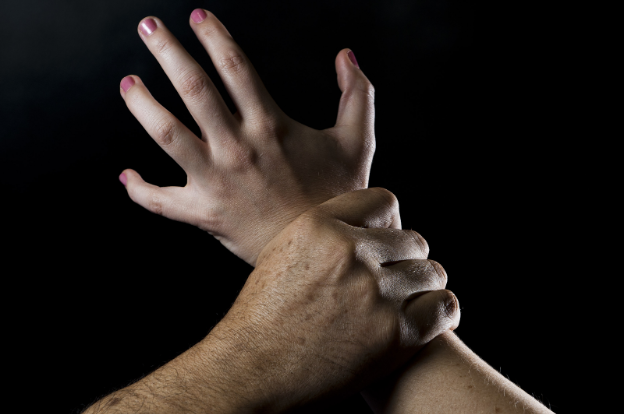Sexual Assault: Closer to Home than You Think
November 13, 2018
Sexual harassment happens more often than you may realize. It has become a hidden norm in today’s society. Sexual harassment occurs every 98 seconds in the United States. One of every six women becomes a victim of harassment. However, these incidents are not being reported, and less than half of rapists are actually imprisoned. So what do students and teachers at CHS have to say about sexual assault?
Be aware, be aware, be aware. When asked, teachers most commonly said that situational awareness was necessary for safety. “Be aware of your surroundings, and if you see someone sketchy, don’t be afraid to call them out. If someone is doing something that makes you uncomfortable, tell the teacher and be loud the second time,” Ms. Zaldivar shared. In school or other public places, when you cannot carry pepper spray or other protection with you, your voice is your biggest ally.
Mrs. Hawn also stressed the importance of being aware. “I’ve always said to be paying attention. Always make eye contact. Be aware, and make eye contact,” she told us, with Mrs. Walker adding, “In college when leaving the library, I’d always call someone. Just call anyone, studies show that people are less likely to approach you if you’re on the phone.”
However, the most important and impactful thing we can do to prevent sexual assault is not to merely advise women to carry pepper spray, but to educate each other. Mr. Shive, the band director, said, “It’s a cultural change. It’s not so much as in what women can do, but to teach boys not to be creepy.” Ignorance feeds social attitudes that normalize sexual assault and abuse. By normalizing this behavior, we are accepting it and creating rape culture.
Rape culture is when societal norms create a setting where rape and harassment are unavoidable and it “just happens.” Certain behaviors, such as victim blaming, objectification, and trivializing the effect rape has on victims, can create a harmful environment. When survivors are made out to be the one at fault, it takes away from the consequences the actual harasser has to face.
When asking students, each had a different level of maturity in response to the heavy topic at hand, and one of the most common answers given was to “not put yourself in that situation.”
Grace Rhodes, a junior, seemed to give the question serious thought before answering, “Don’t put yourself in a situation, and don’t be afraid to tell someone. Trust your gut if it feels wrong, and get out of there,” which seemed to be a recurring advice when asking another female student what she does to protect herself from sexual harassment. Shamyah Williams said, “I don’t put myself in a situation that would put me in that predicament.”
But not all students seemed to grasp the seriousness of the question. When asking some students what they do to protect themselves and prevent sexual harassment, a common answer was “dress appropriately,” which is a scary answer since anyone can be targeted, regardless of clothing.
This simple comment further shows that it’s not only males that need to be educated but females as well. Rape culture is derived from ignorance, which has no gender. To believe that the amount of clothing a woman wears determines whether or not they are assaulted is the very ignorance that feeds rape culture and defends sexual harassment.
So the bigger question society needs to answer would be, “What can we do about rape culture?”



